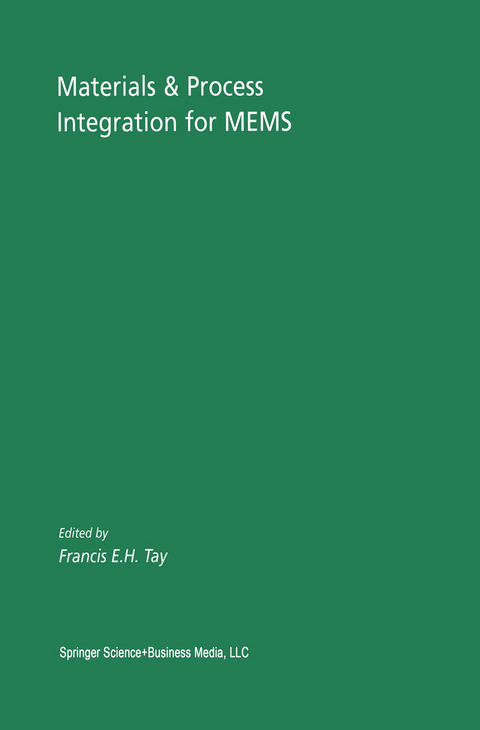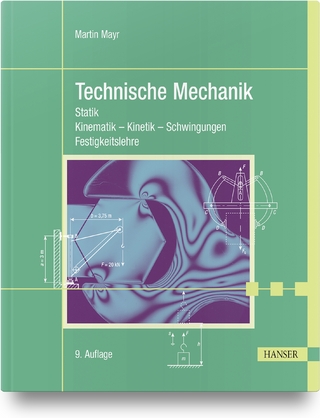
Materials & Process Integration for MEMS
Springer-Verlag New York Inc.
978-1-4419-5303-2 (ISBN)
1. Integration of Piezoelectric Pb (ZrxTi1?x)03 (PZT) Thin Films into Micromachined Sensors and Actuators.- 2. Porous Silicon as a Sacrificial Layer in Production of Silicon Diaphragms by Precision Grinding.- 3. GaAs Cantilever and Bridge Membrane-Like Structures Fully Compatible with AlGaAs/InGaAs/GaAs and InGaP/InGaAs/GaAs Based HFETs.- 4. Magnetron Sputtered TiNiCu Shape Memory Alloy Thin Film for MEMS Applications.- 5. Chemically Amplified Resist for Micromachining using X-Ray Lithography.- 6. Self-Assembled Monolayers (SAM) for Tunneling Sensors.- 7. Oxidation Process-Optimization for Large Area Silicon Fusion Bonded Devices and MEMS Structures.- 8. Silicon Nanomachining by Scanning Probe Lithography and Anisotropie Wet Etching.- 9. A Novel Bulk Micromachining Method in Gallium Arsenide.- 10. Deep X-Ray Lithography for MEMS-Photoelectron Exposure of the Upper and Bottom Resist Layers.- 11. Spray Coating Technology of Photoresist/Polymer for 3-D Patterning and Interconnect.- 12. Uncooled Infrared Image Sensor of Dielectric Bolometer Mode using Ferroelectric BST Thin Film Prepared by Metal Organic Decomposition.- 13. Tactical Grade MEMS Gyroscopes Fabricated by the SBM Process.- 14. Plasma Etching Techniques to Form High-Aspect-Ratio MEMS Structures.
| Erscheint lt. Verlag | 3.12.2010 |
|---|---|
| Reihe/Serie | Microsystems ; 9 |
| Zusatzinfo | XIX, 299 p. |
| Verlagsort | New York, NY |
| Sprache | englisch |
| Maße | 155 x 235 mm |
| Themenwelt | Naturwissenschaften ► Physik / Astronomie ► Mechanik |
| Technik ► Maschinenbau | |
| ISBN-10 | 1-4419-5303-5 / 1441953035 |
| ISBN-13 | 978-1-4419-5303-2 / 9781441953032 |
| Zustand | Neuware |
| Haben Sie eine Frage zum Produkt? |
aus dem Bereich


